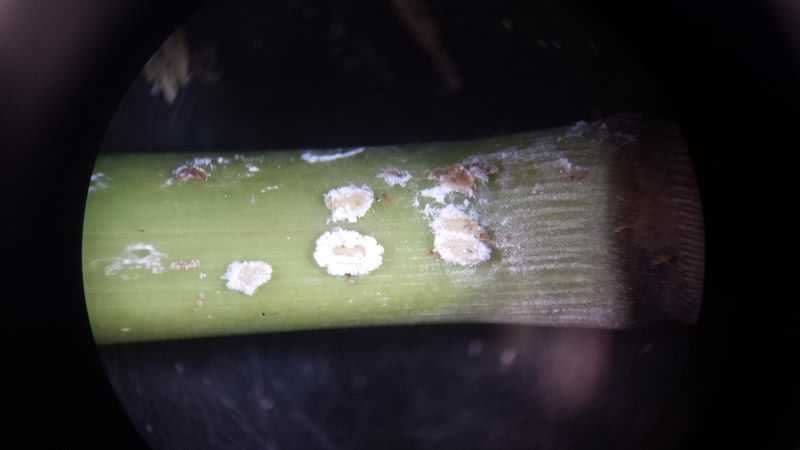
Cajuns and Canals
May 17, 2017
Tensions remain high in Lafourche
May 17, 2017State wildlife officials are warning boaters to keep their vessels clean after traveling the marshes of Jefferson Parish, to cut down on the risk of spreading an insect that attacks vegetation essential to the health of the Mississippi River Delta region.
Initially found in Plaquemines Parish, the bug is now documented as turning up in Jefferson Parish locations including Grand Isle.
The Louisiana Department of Wildlife and Fisheries in particular warns against transport and replanting of Roseau cane, a tall grass on which the critter thrives.
The insect, native from China or Japan, has been identified as Nipponaclerda biwakoensis, commonly referred to as Phragmites Scale or Roseau Cane Mealy Bug.
“The rate at which it seems to be expanding and the severity of its impacts is alarming,” a joint statement from LDWF and the LSUAgcenter reads.
“Our message is very simple. Do not transport or transplant Roseau cane,’’ said Dr. Rodrigo Diaz, Assistant Professor in LSU’s Department of Entomology. “The scale that has invaded southern Plaquemines Parish could impact agriculture crops such as sugar cane and sorghum. It could have significant economic impacts to agriculture crops and native vegetation. So it is vital the cane not be moved. Boaters … should avoid contact with the cane and wash their boats after each trip so that they do not inadvertently transport the scale to other areas of the state.’’
LDWF, Louisiana Department of Agriculture and Forestry and LSU AgCenter biologists are working to find a solution to the infestation, which has impacted thousands of acres of Roseau cane since being discovered
Roseau cane is a wetland grass that helps protect Louisiana’s bird foot delta. The severely impacted cane appears to be brown and mostly leafless, in contrast to the 10-foot tall robust leafy green cane normally seen this time of the year. LDWF staff have found the scale on both stressed and apparently healthy cane. The public should not assume that just because the cane appears to be healthy that the scale is not present.
Biologists do not know much about the scale’s life cycle here in Louisiana as this is a new insect to the United States. It is anticipated that the damage to the Roseau cane should be most obvious in the late summer.






